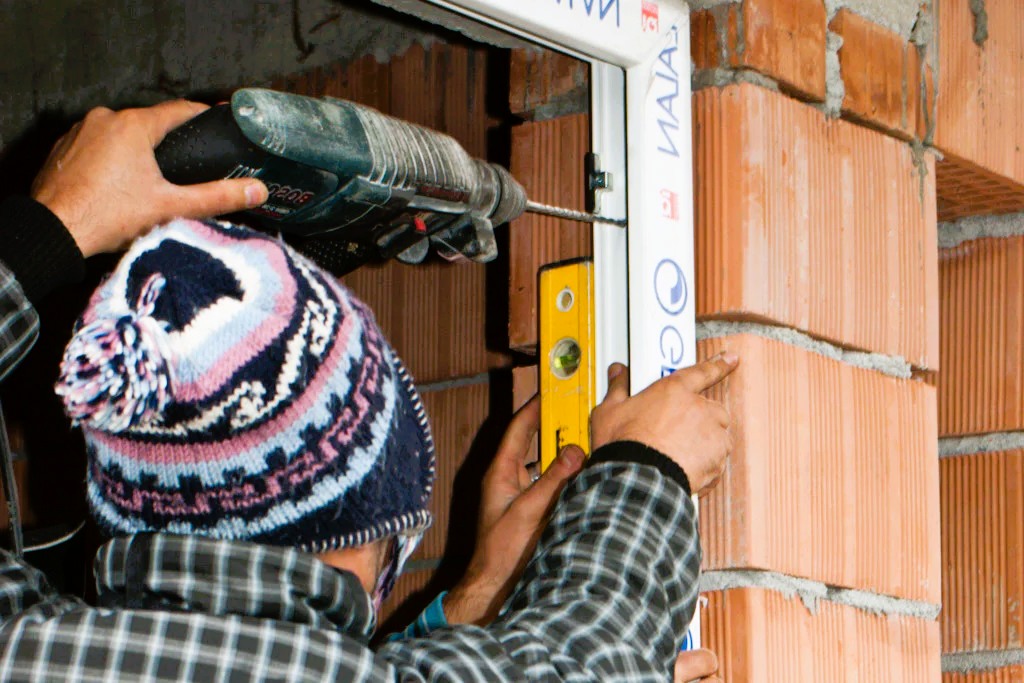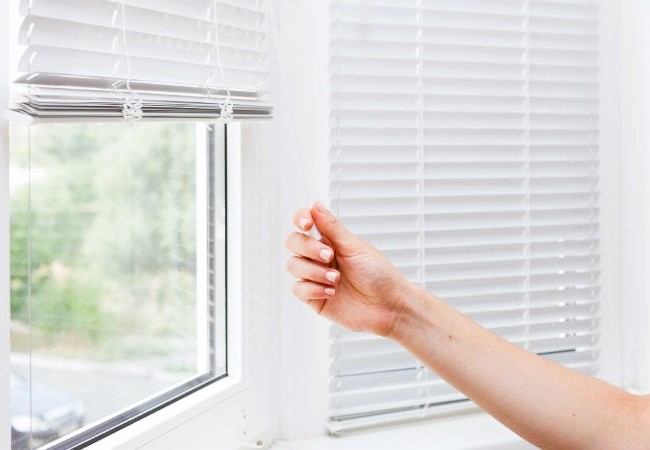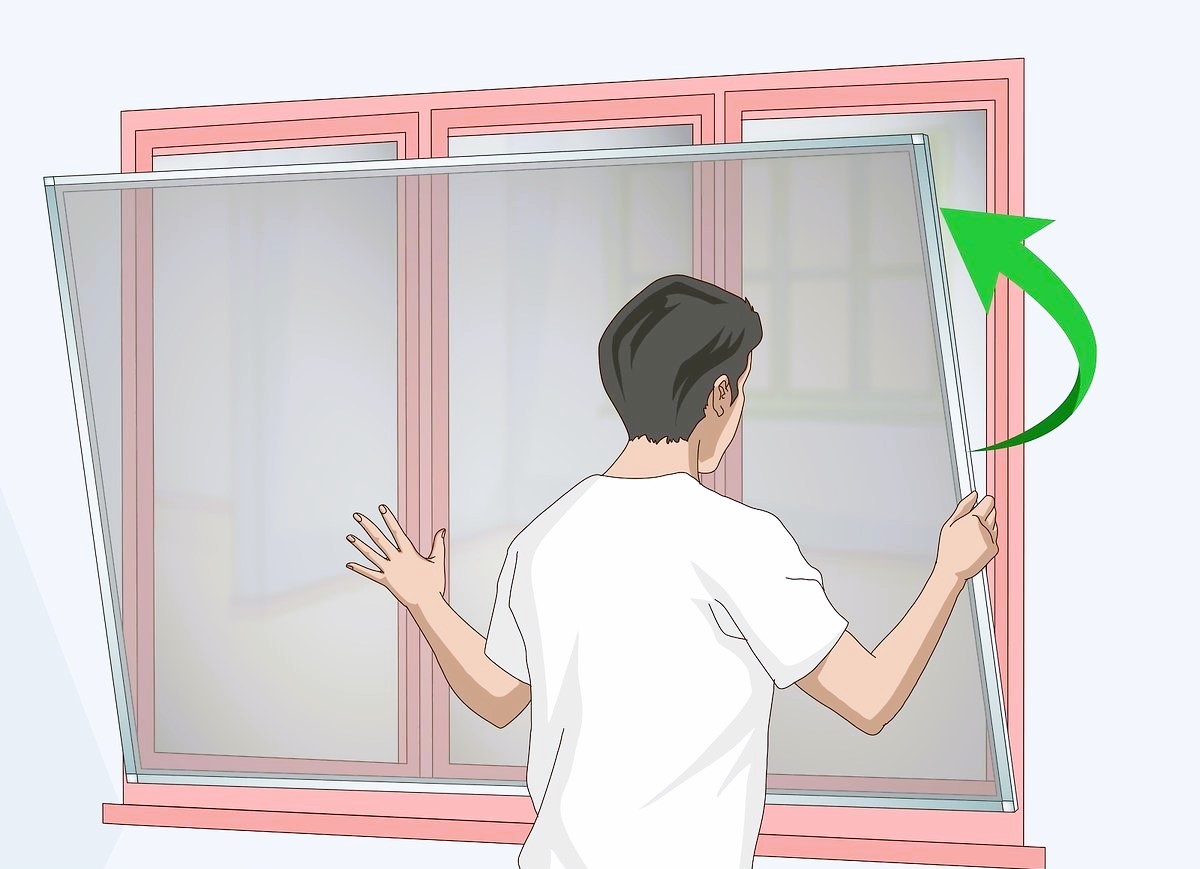Installing plastic windows is a great way to improve the energy efficiency and aesthetics of your home. While it may seem like a daunting task, with the right tools and guidance, it is possible to install plastic windows yourself. In this article, we will provide a step-by-step guide on how to install plastic windows yourself.
Step 1: Measure the Opening
Before purchasing your plastic windows, you’ll need to measure the opening where the window will be installed. Measure the height and width of the opening and make note of any irregularities or obstructions that may affect the installation. What you need to know when choosing a double-glazed window? Here are the top 10 things.
Step 2: Order Your Windows
Once you have measured the opening, you can order your plastic windows. Be sure to order windows that are the correct size and style for your home.

Step 3: Gather Your Tools
To install your plastic windows, you’ll need a few tools, including a drill, screws, a level, a pry bar, and a caulking gun. Be sure to have all necessary tools on hand before starting the installation process.
Step 4: Remove the Old Window
If you’re replacing an existing window, you’ll need to remove it before installing your new plastic window. Use a pry bar to gently remove any trim or casing around the window. Then, remove the old window from the opening.
Step 5: Install the Window Frame
Place the plastic window frame into the opening, ensuring that it is level and plumb. Use shims to adjust the position of the frame if necessary. Once the frame is properly positioned, secure it in place using screws.
Step 6: Install the Sashes
Next, install the sashes into the window frame. Carefully slide the sashes into the frame, ensuring that they are properly aligned and functioning smoothly.
Step 7: Install the Hardware
Install any hardware, such as locks or handles, according to the manufacturer’s instructions.
Step 8: Insulate the Window
Use spray foam insulation to seal any gaps between the window frame and the opening. This will prevent air leaks and improve energy efficiency.
Step 9: Apply Caulk
Apply a bead of caulk around the exterior of the window frame to create a weather-tight seal. Smooth the caulk with a caulk smoothing tool to ensure a clean, even finish.
Step 10: Test the Window

Once the window is installed and sealed, test it to ensure that it is functioning properly. Open and close the sashes, and check for any air leaks or gaps.
Conclusion
In conclusion, installing plastic windows yourself is a manageable task with the right tools and guidance. By following these step-by-step instructions, you can install plastic windows and improve the energy efficiency and aesthetics of your home. However, if you’re not comfortable with DIY installation, it’s always best to seek the help of a professional to ensure that your windows are installed correctly and safely.
It’s important to note that the installation process may vary depending on the specific type of plastic window you’re installing. Some plastic windows may require additional steps or specialized tools for installation. It’s important to follow the manufacturer’s instructions carefully to ensure that your windows are installed correctly.
Additionally, it’s important to ensure that your windows meet local building codes and regulations. Some areas may have specific requirements for energy efficiency, safety, or installation methods, so it’s important to check with your local authorities before installing your plastic windows.
If you’re not comfortable with DIY installation, it’s always best to seek the help of a professional. Improper installation can lead to air leaks, water leaks, and reduced energy efficiency, so it’s important to ensure that your windows are installed correctly and safely.
In conclusion, installing plastic windows yourself can be a rewarding project that can improve the energy efficiency and aesthetics of your home. By following these step-by-step instructions and ensuring that your windows meet local building codes and regulations, you can enjoy the benefits of durable, energy-efficient, and attractive plastic windows for many years to come.

